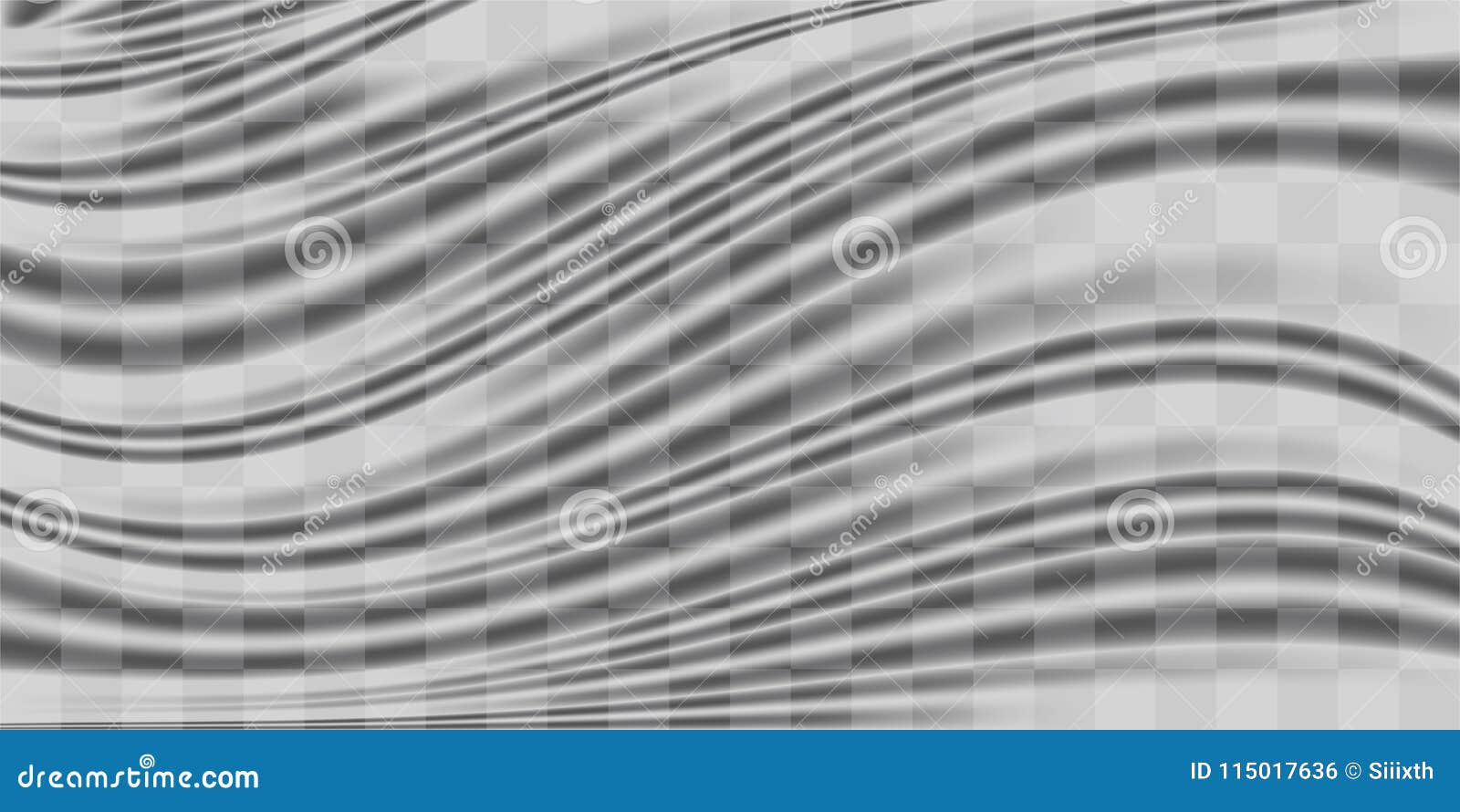

The surface file must be loaded at the command line. Refer to Bezier Surface Editor: Surface File Format. Surface Files (.s)Ī surface file can be created using the Bezier Surface Editor. They can also be loaded or reloaded from within the application. The two texture files must be loaded at the command line.

The Texture Placement Editor works with two texture files: the original image and the deformed image. The points are un-moved.įigure 6b - The warped texture the upper point has been moved upwards and to the right. The shape of the red border also remains the same.įigure 6a - A texture and surface with 3 texture control points. The texture remains the same along the dark band at the bottom, for instance. Notice also how the texture is displaced on the surface, but only locally near the point that has been moved. Notice the movement of the upper point upwards and to the right. The following figures demonstrate how a control point can be moved to warp a texture on a surface. Table 5 - Mouse Operations in Surface View Window.
Warp dexture windows#
The project is a set of control points and triangulation data that has been previously saved.Ĭloses both windows and exits the Texture Placement Editor. Reloads the project specified at the command line. Opens a dialog in which to specify the surface definition file. Reloads the surface definition file specified at the comand line. Opens a dialog in which to specify the file to load as the original texture. Reloads the original texture specified at the comand line. Save the triangulation data for the project. Opens a dialog in which to specify the file to saves the current warped texture as. Saves the current warped texture as the deformed image file specified at the command line. Shows Texture Warp Window (left) and Surface View Window (right). There are different mouse operations in each window (refer to Table 4 and Table 5 for a list).įigure 2 - A sample Warp Texture Placement Editor screen. As the texture is modified, the surface is updated. The Surface View Window allows the user to rotate, translate and zoom the surface in 3D space to view the placement of the texture. Points can be placed and moved in the Texture Warp Window. The image is shown actual size and cannot be resized. The Texture Warp Window displays the texture image. The VLAB Texture Placement Editor consists of two windows: the Texture Warp Window and the Surface View Window. Of course, the original image can be overwritten with the deformed image by using the same filename for both arguments. Using the above arguments ensures that the original texture image is not modified. The third is the deformed image, that is generated by warping. The second is the original image, that is to be warped onto the surface. The VLAB Texture Placement Editor is invoked using the following command line arguments: The image is scan-converted and warped within these triangles as the points are moved. When a point is added or deleted, a new triangulation is calculated. A Delauney triangulation for a set of points can be calculated from the convex hull of a projection of the points onto a parabola in a space one dimension higher than that of the points themselves. The convex hull is defined as the smallest convex polygon that completely encloses a set of points. The Texture Placement Editor uses the Delauney triangulation algorithm. Figure 1 shows textures used in a model rendered in CPFG.įigure 1 - Placing textures on objects is a simple way to enhance the realism of an image. VLAB Texture Placement Editor allows the user to warp the texture on the surface, editing the texture image so as when it is mapped by the renderer (for example, CPFG) it will be properly placed. Landmark features, such as veins on a leaf, must be placed properly on the surface. The use of textures can enhance the appearance of a model. Vlab daemon Warp Texture Placement Editor Quick Contents


 0 kommentar(er)
0 kommentar(er)
